Responding to the price crisis with smart energy management
Energy briefing update – June 2022
Energy prices in Australia are skyrocketing and smart energy management is the best way for businesses to protect their interests and bring down their energy bills.
WHAT IS SMART ENERGY MANAGEMENT?
Smart energy management means taking a holistic approach to managing how energy is used by leveraging data to make investments in on-site energy upgrades and optimising energy procurement to best meet your business’ needs.
Importantly, smart energy management starts with understanding and adjusting what is firmly within a business’ control – that is, everything that a business does behind the meter, or simply put, on their site.
Businesses have many opportunities to decrease how much energy they are using, how much energy they require from the grid, and to be flexible with when they use energy. This includes:
Upgrading to more efficient equipment and processes;
Installing on-site generation like solar PV; and
Reaping the financial rewards of demand response and lower tariffs.
Through smart energy management, businesses can slash energy costs, support the reliability and affordability of the electricity grid, reduce their emissions, and, perhaps most importantly, increase their productivity and competitiveness.
INVESTING IN ENERGY UPGRADES
With the current energy price crisis, leading businesses are looking to their bills, meaning their overall energy consumption, not just the price for that consumption. This means that they’re looking for ways to reduce their energy usage, thereby reducing their overall energy bills.
Energy efficiency is the cheapest – and cleanest – way for businesses to reduce their energy costs and emissions, and energy efficiency upgrades often provide higher returns on investment than other energy management activities.
Improving energy efficiency, whether through quick-wins like installing LED lights, which can save up to 80 per cent of the energy used by lighting, upgrading inefficient equipment, electrifying low-temperature processes, or identifying other opportunities, means a business is getting the highest productivity from each unit of energy consumed. Investing in energy efficiency first also reduces the risk of over-investing in onsite generation, but combing energy efficiency upgrades, demand flexibility and on-site renewable generation will give businesses the best bang for their buck.
Businesses can identify energy management opportunities by:
Starting with what can be seen, like steam escaping from where it shouldn’t or lights being left on;
Diving into existing data like energy bills to see if usage is spiking at strange times; and
Getting an energy audit to identify larger energy-saving opportunities.
Importantly, leading businesses aren’t stopping there. They are adopting energy management as a discipline by implementing energy management systems (EnMS) to ensure that they are capturing the benefits of continuous improvement in energy performance.
LEVERAGING government programs and TAX INCENTIVES TO improve ENERGY performance
When opportunities are identified, leading businesses are leveraging government programs like the state-based energy efficiency schemes, or taking advantage of free government services like the Business Energy Advice Program, which is available to small businesses with up to 20 employees, to reduce the costs of investing in energy upgrades.
But they’re not stopping there; they’re utilising tax incentives, like the Australian Government’s temporary full expensing tax depreciation incentive, to further boost the business case for energy upgrades.
This opportunity is time-limited, but is available to almost any business. Specifically, any business with revenue up to $5 billion can fully write off the cost of any eligible depreciating asset – including many energy-using assets like lighting, solar panels, batteries, water heaters and vehicles – purchased, installed and ready for use between 6 October 2020 and 30 June 2023.
The temporary full expensing tax write-off is a great opportunity to boost the business case for energy upgrades as the payback period is reduced by incorporating the tax incentive. For example, the payback period for a LED lighting and controls upgrade could be five years – i.e., it will take five years for the annual savings in energy bills to pay back the total amount of the initial investment – but with the temporary full expensing tax incentive, which is an instant tax deduction, the payback period shoots down to between 3.5-3.75 years, depending on the company’s corporate tax rate.
Check out the animation below for an overview of the temporary full expensing tax incentive, and how it boosts the business case for energy upgrades:
Further details are explained in the guide for businesses, Leveraging tax incentives to improve energy performance, which distils the key terms of the tax incentive, provides examples of eligible energy assets, and explains how energy upgrades support businesses. You can also watch a recording of a Business Australia event that answered questions about the tax incentive here.
navigating a dynamic energy landscape with smart energy management
It is more imperative than ever that businesses take a proactive approach to their energy strategy and management, which will bolster resilience and lower exposure to energy price volatility, alongside providing long-term productivity improvements.
Take a look at the tax incentives guide and sector spotlights to learn how your business can manage the risks - and capture the opportunities - of Australia’s energy transition and net zero transformation.
Click here to return to the sixth edition of the energy briefing update.
About Navigating a dynamic energy landscape
There is an enormous amount of information on energy in the public domain, yet it can be hard for business leaders to extract what matters for their businesses.
Navigating a dynamic energy landscape: a briefing for Australian businesses is an executive-level briefing designed to cut through the noise and help businesses confidently navigate Australia’s dynamic energy landscape.
The sector spotlights and other resources that accompany the briefing exist to support this aim.
This initiative is delivered by the Energy Efficiency Council with the support of industry and the NSW Office of Energy and Climate Change.

